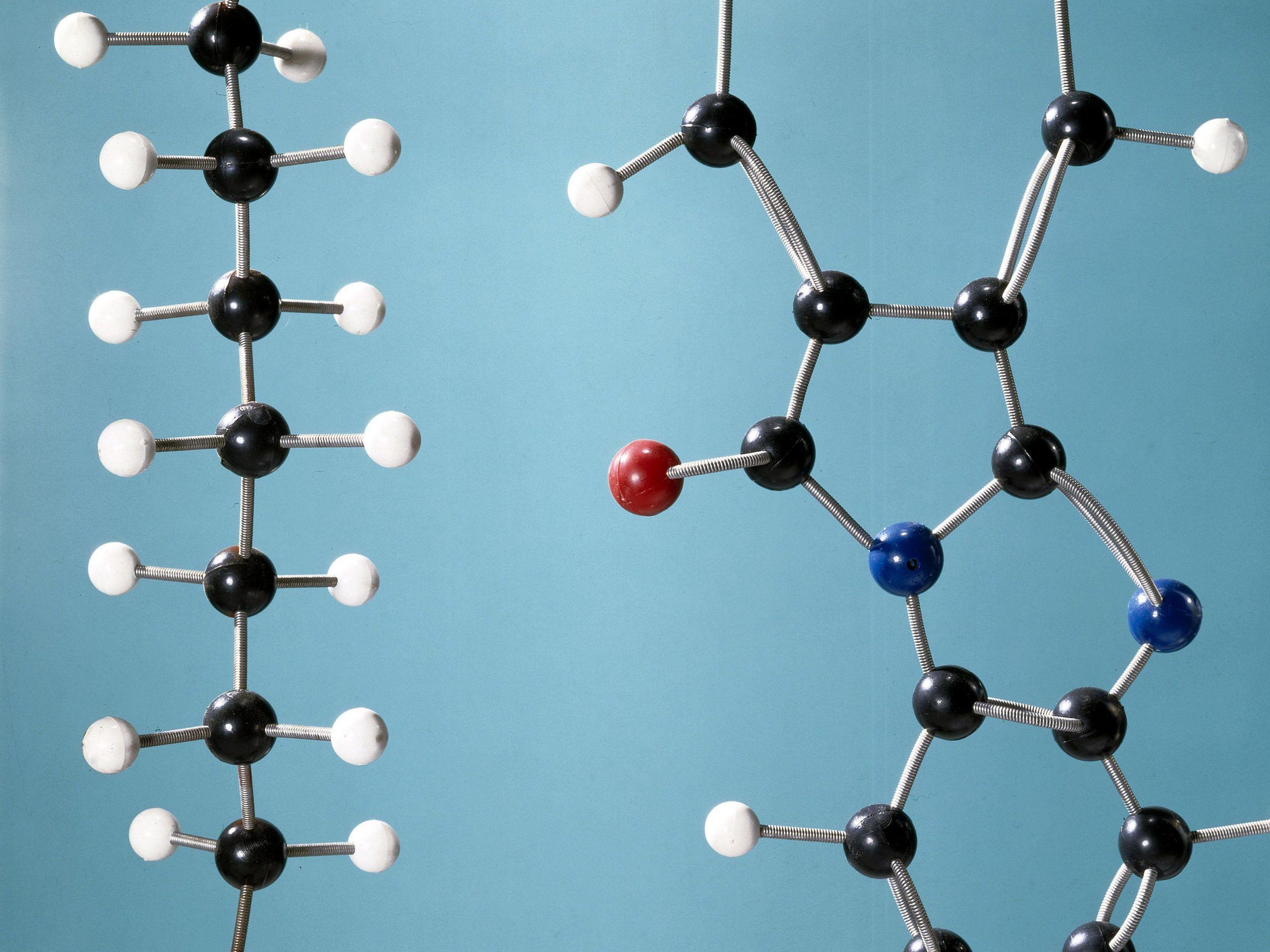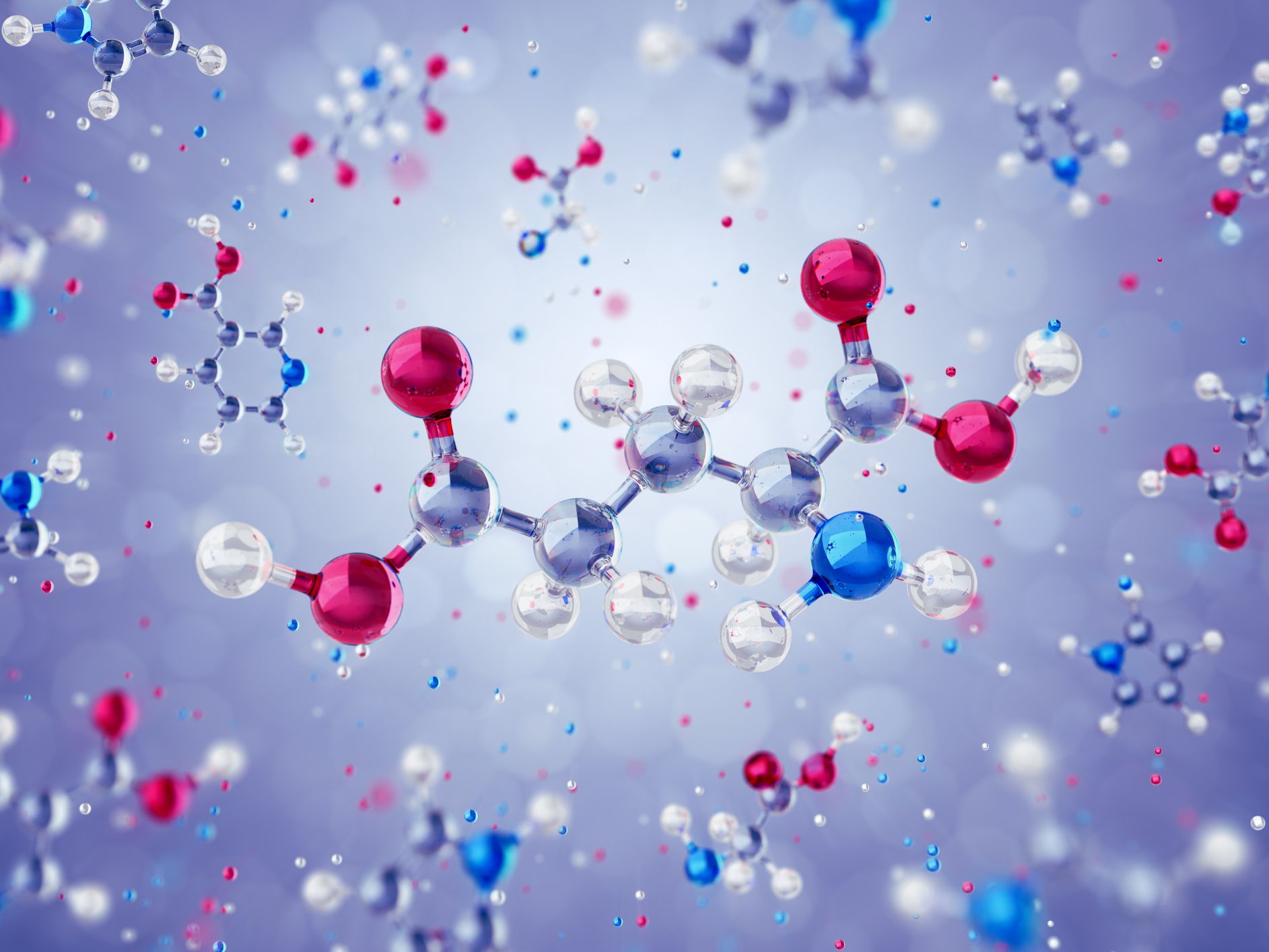A monomer is a single molecule that serves as the basic unit for the formation of polymers. Monomers are combined to form repetitive molecule chains through the process of polymerization. Monomers, by their origin, can be synthetic or natural. TMPTA Monomer is one of the many monomers that are used in different industries today.
Here, we will get to know more about the chemistry of Monomers.
Monomer; What is it?
A Monomer is a simple molecule that has two or more sites of binding to form covalent linkages with the other monomers. These monomers combine to form a macromolecule.
Thus, the monomers can be defined as polymer’s building blocks. Not every molecule can act as a monomer but only those that have either two or more sites of bonding. Examples of monomers, therefore, include adipic acid, vinyl chloride, Alkenes, glycol, etc. Other molecules like water, ammonia, ethanol, etc. are not monomers.
Monomer Classification
Monomers can be classified based on their synthesis and origin. These methods of classification are given below.
1. Classification of Monomers on the Basis of Origin
- Starches are polymers made from glucose monomers.
- Protein is formed from the polymerization of the monomer of amino acids.
- Cellulose is a polymer also made from the glucose monomer. The glucose made by plants during photosynthesis is used to make this polymer.
- Polymers that are man-made are known as synthetic polymers. Some examples of these include polystyrene, polythene, dacron, and nylon.
2. Classification of Monomers on the Basis of Synthesis
Chain or addition polymers involve repetitively adding monomers to create a polymer chain. These monomers are unsaturated compounds. The monomer and polymerization chain growth is given below.
- Monomer Ethylene – polymer polythene
- Monomer propylene – polymer polypropylene
- Monomer butadiene – polymer polybutadiene
- Monomer tetrafluoroethylene – polymer polytetrafluoroethylene
- Vinyl chloride – polymer polyvinyl chloride
Natural Monomers
Natural monomers have also been used for a long period in different things like ink and paint sets, coatings, leather tanning, etc. Here are the natural monomers enlisted below.
1. Amino Acids
Monomers are amino acids that combine to form proteins. There are about 20 different types of monomer amino acids that can be used to make protein. Proteins, therefore cannot be homopolymers.
2. Isoprene
Isoprene is one natural monomer that is polymerized to form a natural rubber. The synthetic rubbers that are made with butadiene as a basis, tend to be similar to isoprene.
3. Nucleotides
Nucleotide monomers are used to make poly nucleic acids. Each nucleotide is made from a nitrogenous base, pentose sugar, and one phosphate group. These monomers are often seen in the cell nucleus.
4. Glucose and such Related Sugars
The monosaccharide monomers are combined to make carbohydrates. Glucose is the most readily available natural monomer that links with glycosidic bonds to make starch, polymers, and glycogen.
Conclusion
As covered above, we have discussed the chemistry of monomers, what they are and how they are classified. Monomers are single molecules that combine with other monomers to make polymer chains through the process of polymerization. Natural monomers have also been covered above.






